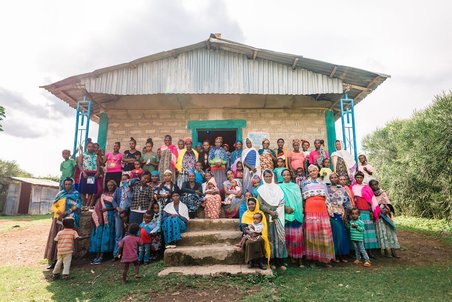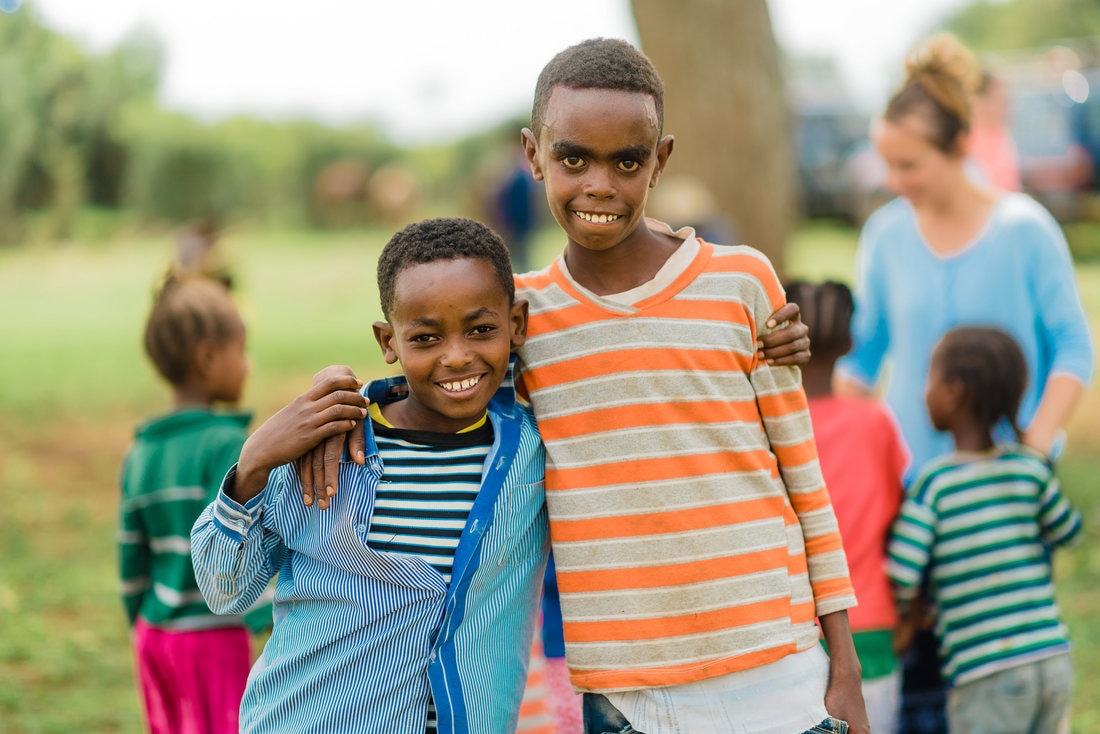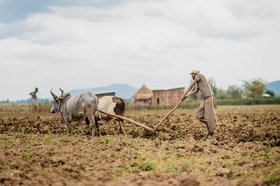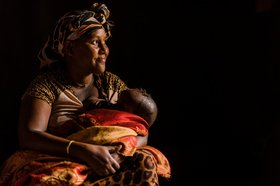According to the 2016 Human Development Index,
determined by the United Nations, Ethiopia ranks
174 out of 188 countries
on the overall quality of human life.
determined by the United Nations, Ethiopia ranks
174 out of 188 countries
on the overall quality of human life.
|
Of children in rural areas,
36% are out of school. (UNDP) 2.6 is the mean number of
years completed in school. (UNDP) |
75.3% of the working poor live
on less than $3.10 a day. (UNDP) 49% of adults are
illiterate (UNDP) |
The neonatal mortality rate in Ethiopia is 41.4/1000 births — one of the highest in the world — with preventable disease being a significant contributor to infant and neonatal death. (UNDP)
|
Three Roots International is Responding
|
Our work with vulnerable communities over the past 10 years has firmly formed our understanding of this reality: quality education, access to accurate information and direct physical health care, and the opportunity to secure income and economic stability, are critical factors in sustaining life outside of poverty. By centering our project interventions on these three foci, Three Roots hopes to increase quality of life, and restore agency, hope, and power to families in the community. Our partnership with the local church and community will center on a participatory approach, as we “co-learn” with the community, working to identify and utilize their own assets and leadership abilities.
All members of the community, in the defined project area, will benefit from the work of Three Roots. We are committed to helping all members of community, and no one is excluded from the benefits of our projects. |
|
Community Selection Process

Current operations are focused in an area about two hours outside of Addis Ababa. The following are critical factors in determine where
Three Roots focuses effort:
Three Roots focuses effort:
- Average income of community members, correlated to poverty level
- Access to education and health
- Quality of current education and health care services
- Presence and strength of an organized local church
- Vulnerability levels of children
- Size of orphan population in the community
- Additional factors of vulnerability




